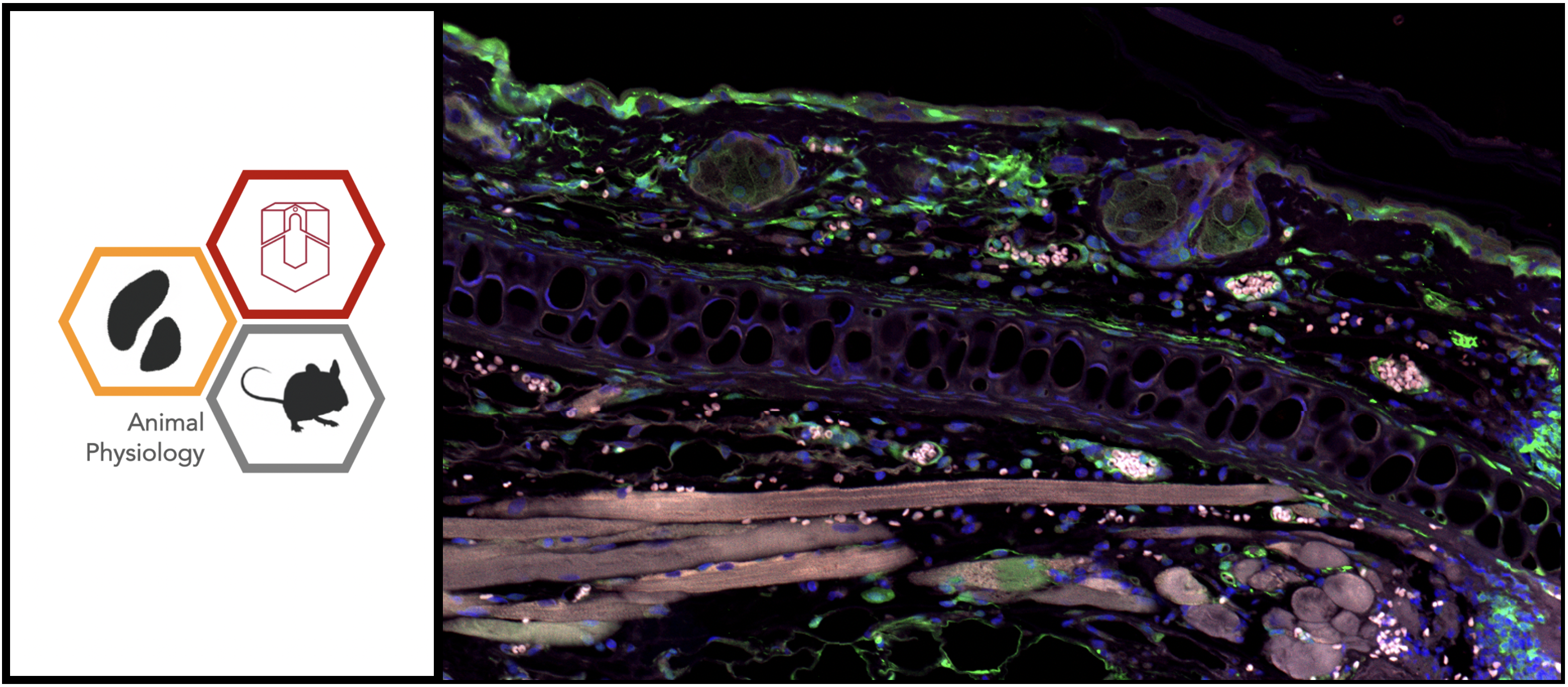Main content
Top content

Mechanisms of Tissue Regeneration
The Department of Animal Physiology seeks to understand the mechanisms of successful tissue regeneration. We use comparative approaches between different regenerative animals, such as planarian flatworms and spiny mice (Acomys), and their poorly regenerating relatives to uncover the molecular pathways that prevent scarring and promote regeneration after injury. It is important to us to include in vitro methods, such as iPSC-derived tissue culture to complement and partially replace in vivo experiments.
Research Topics
- Scar-free regeneration of the skin
- Cardiac repair after ischemic injury
- Evolution of regeneration
- Properties and regulation of stem cells in regeneration processes
Model systems
- Planarian flatworms
- Spiny mice (Acomys)
- iPSC-derived cells
Selected publications
van Beijnum H, Koopmans T, Tomasso A, Disela V, te Lindert S, Bakkers J, Alemany A, Berezikov E, Bartscherer K* (2023) Spatial transcriptomics reveals asymmetric cellular responses to injury in the regenerating spiny mouse (Acomys) ear Genome Research. pdf
Tomasso A, Koopmans T, Lijnzaad P, Bartscherer K*, Seifert AW* (2023) An ERK-dependent molecular switch antagonizes fibrosis and promotes regeneration in spiny mice (Acomys) Science Advances 9:17. pdf
Koopmans T, van Beijnum H, Roovers EF, Tomasso A, Malhotra D, Boeter J, Psathaki OE, Versteeg D, van Rooij E, Bartscherer K (2021) Ischemic tolerance and cardiac repair in the African spiny mouse. npj Regenerative Medicine 6:78, doi.org/10.1038/s41536-021-00188-2. pdf Pressemitteilung
*co-corresponding authors








